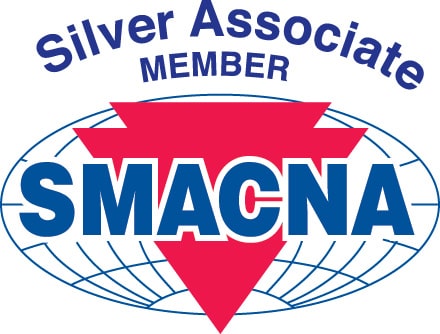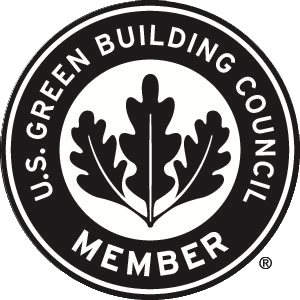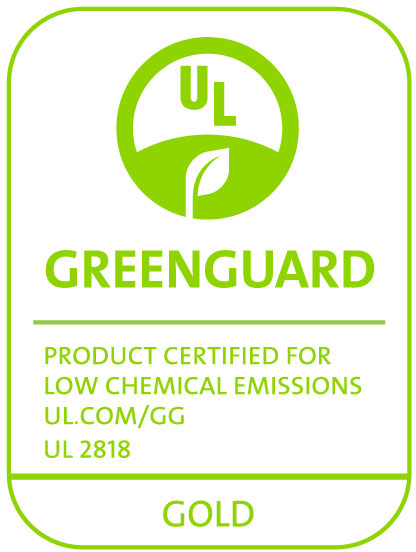Looking for a solution for hydronic pump insulation? Let’s start with hydronic pumps. Hydronic heating and cooling systems circulate water through a building’s piping systems to deliver heating and cooling for occupant comfort. These systems are basically composed of an energy source, such as a boiler, water heater, or chiller, and electronically-powered pumps that move the conditioned water through pipes to terminal units throughout the building’s zones.
This post will focus on low-temperature water (LTW, < 250°F/121°C), chilled water (CW, 40°F/4°C – 55°F/13°C) and dual-temperature water (DTW = LTW & CW) since they are the most common hydronic systems in commercial buildings.
Hydronic systems utilize a variety of pump configurations, ranging from single centrifugal constant-speed pumps for smaller systems, to multiple pump configurations on larger systems to provide redundancy in the event of pump failure or maintenance.
Mechanical insulation plays a critical role in preventing heat loss and condensation on hydronic systems and is mandatory by most building codes such as the International Energy Conservation Code® (IECC®). In addition to insulating piping, pumps are usually insulated to the same thickness with a fabricated box or removable/reusable cover for pump ease of maintenance.
While straight piping is understandably easier and faster to insulate, pumps and related equipment such as chillers, heat exchangers, control/point-of-use valves, require the most time and skill by professionally-trained insulators. For this reason, it’s important to consider time-consuming and supplemental material factors such as jacketing, vapor barriers, fabricating boxes, removable/replaceable covers, and repair/replacement costs due to damage, for pump insulation applications.
Pump locations can be problematic due to the potential for leaks and insulation seams that are not vapor-tight. This can result in the insulation getting wet which opens up the potential for decreased thermal efficiency, mold growth, and pipe corrosion.
Fiberglass with a protective PVC jacket is commonly specified and installed as pump insulation due to a favorable first cost. However, closed-cell insulation types such as cellular glass, elastomeric foam, and polyisocyanurate do not require field-installed vapor retarders due to their low water vapor permeability. Although their material costs are nominally more expensive upfront, they can deliver a lower cost-of-ownership to the building owner through lower labor, material, and maintenance costs over the life of the project.
For example, closed-cell elastomeric foam insulation can be field fabricated and installed directly over pumps and equipment in sheet form due to its flexible nature (no fabricated boxes or removable/replaceable covers required). Unless there are concerns with mechanical damage or an extreme operating environment, no supplemental vapor retarder or jacket is required. As with all insulation types, it is critical to achieve a vapor seal at all elastomeric seams with the manufacturer’s special-purpose contact adhesive.
An insulation’s water vapor permeability is a critical factor to consider for pump insulation applications for determining if a supplemental jacket or vapor retarder is required. To put this in perspective, standard elastomeric foams range from 0.03 to 0.08 perm-inch and cellular glass at 0.00 perm-inch. However, cellular glass is rigid and requires fabrication.
Aeroflex® flexible closed-cell elastomeric insulation offers the lowest water vapor permeability of commercially available closed-cell elastomeric insulation at 0.02 perm-inch. Due to its EPDM rubber composition, it is also naturally microbial-resistant and does not require any added EPA-registered biocides.
Available in standard unslit and Self-Seal tubes, sheets and rolls up to 2” [50 mm] thick that pass ASTM E84 25/50, a continuous service temperature range of -297°F/-182°C to +257°F/125°C, with 2 solvent-based and one low-VOC adhesive option, Aeroflex has you covered for your most challenging pump insulation applications.
To learn more about Aeroflex, please visit: aeroflexusa.com/product/aerocel-sspt/












